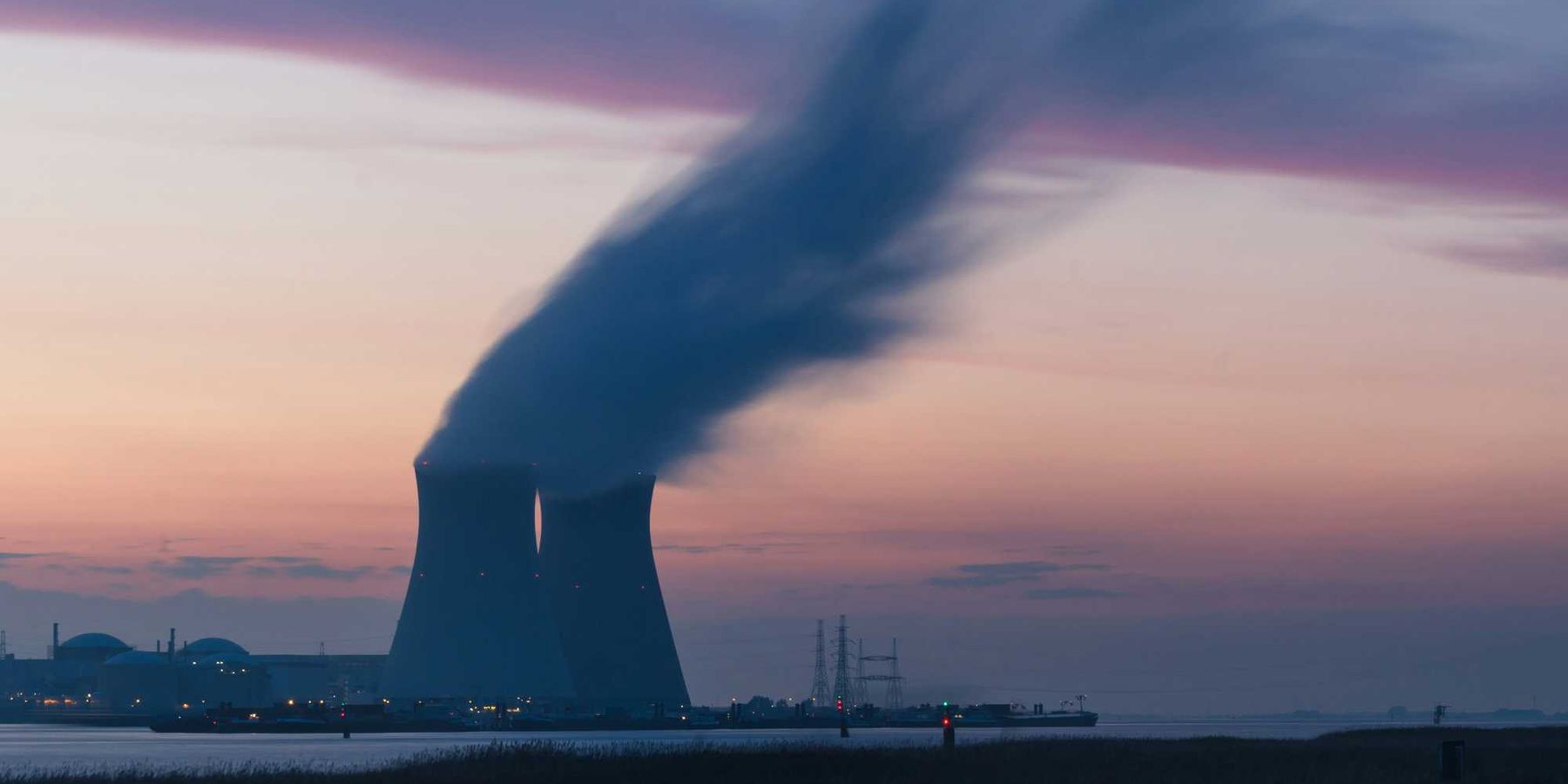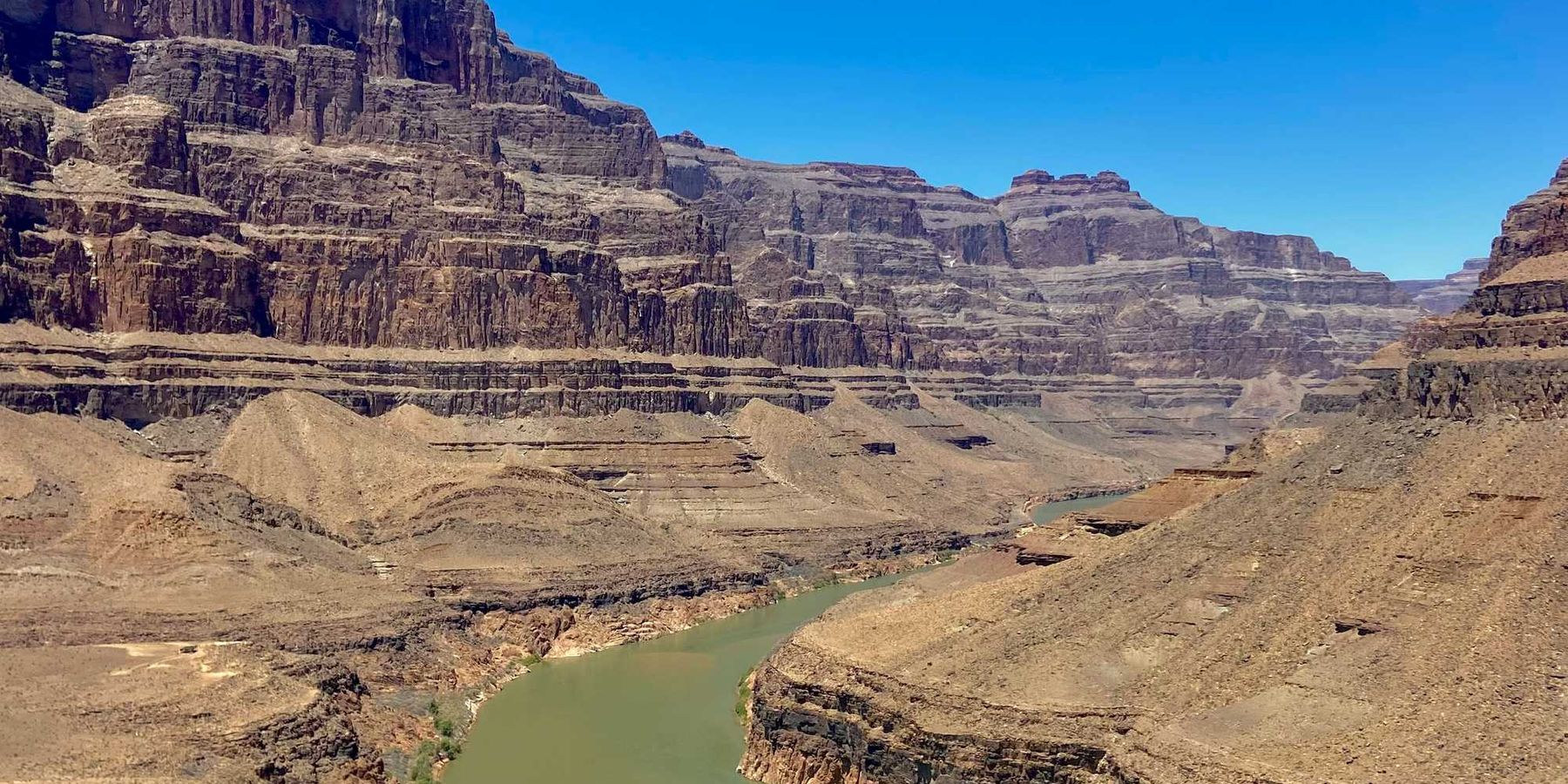New perspectives on wildfire management from recent Canadian wildfires
As wildfires grow fiercer and more unpredictable across Canada, officials and communities are urgently revising their emergency response strategies to adapt to this escalating threat.
Jimmy Thomson reports for The Narwhal.
In short:
- Officials in Yellowknife learned valuable lessons from the rapid spread of the SS052 fire, which destroyed the town of Enterprise, N.W.T., demonstrating the ferocity of new wildfire patterns.
- Evacuations are increasingly seen as essential, as traditional firefighting methods reach their limits in mitigating the spread and impact of severe wildfires.
- Communication and preparedness are pivotal, with improvements needed in public information systems to ensure timely updates during emergencies.
Key quote:
"We are seeing a very clear trend and events like these are happening more frequently. They’re bigger in nature, and they’re lasting longer than they ever have before."
— Coby Duerr, commander of Canada Task Force 2
Why this matters:
In the face of increasing and more intense wildfires, communities see the need to invest in robust evacuation plans that are regularly updated and communicated effectively to residents. This includes identifying evacuation routes, establishing evacuation centers, and ensuring that vulnerable populations, such as the elderly and those with disabilities, have the support they need to evacuate safely.
Even when we cannot keep our infrastructure standing, we can stop people dying, we can protect our most valuable possessions, and we can learn to deal with devastation.













